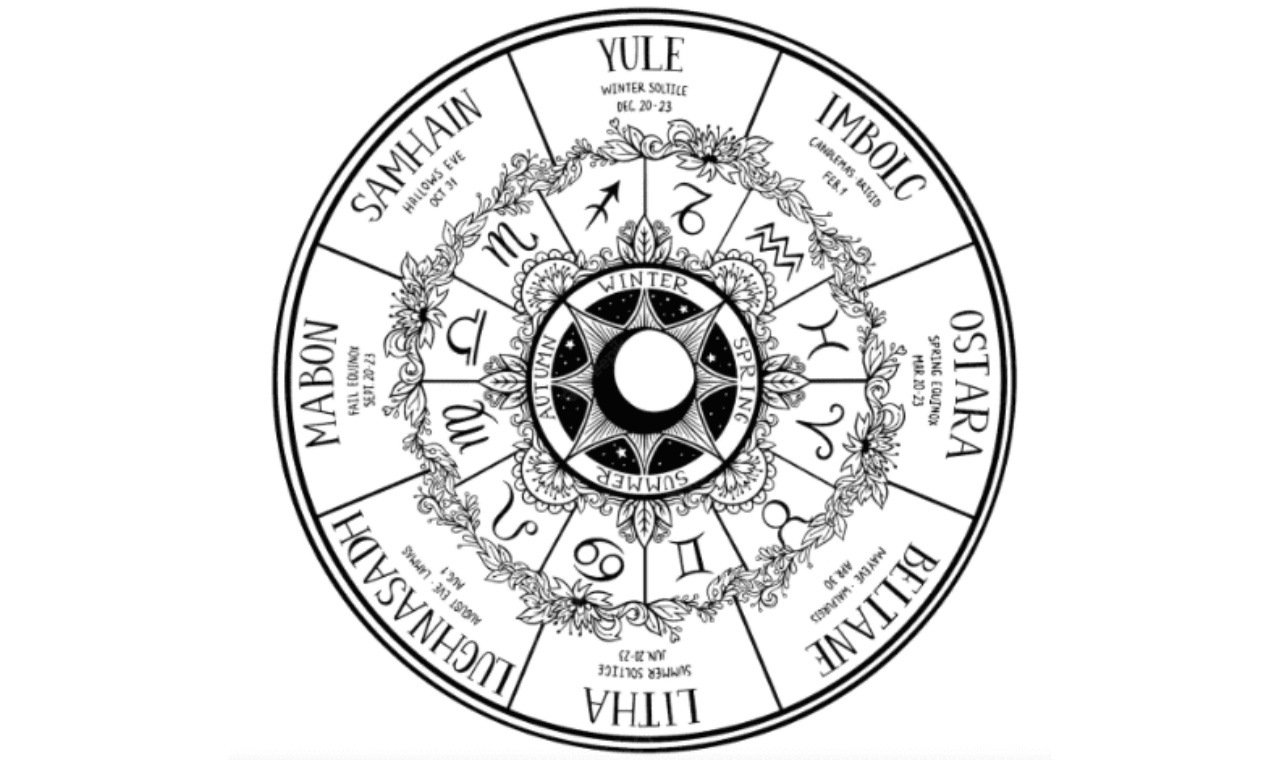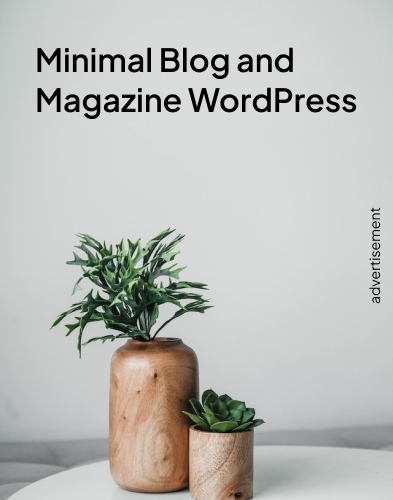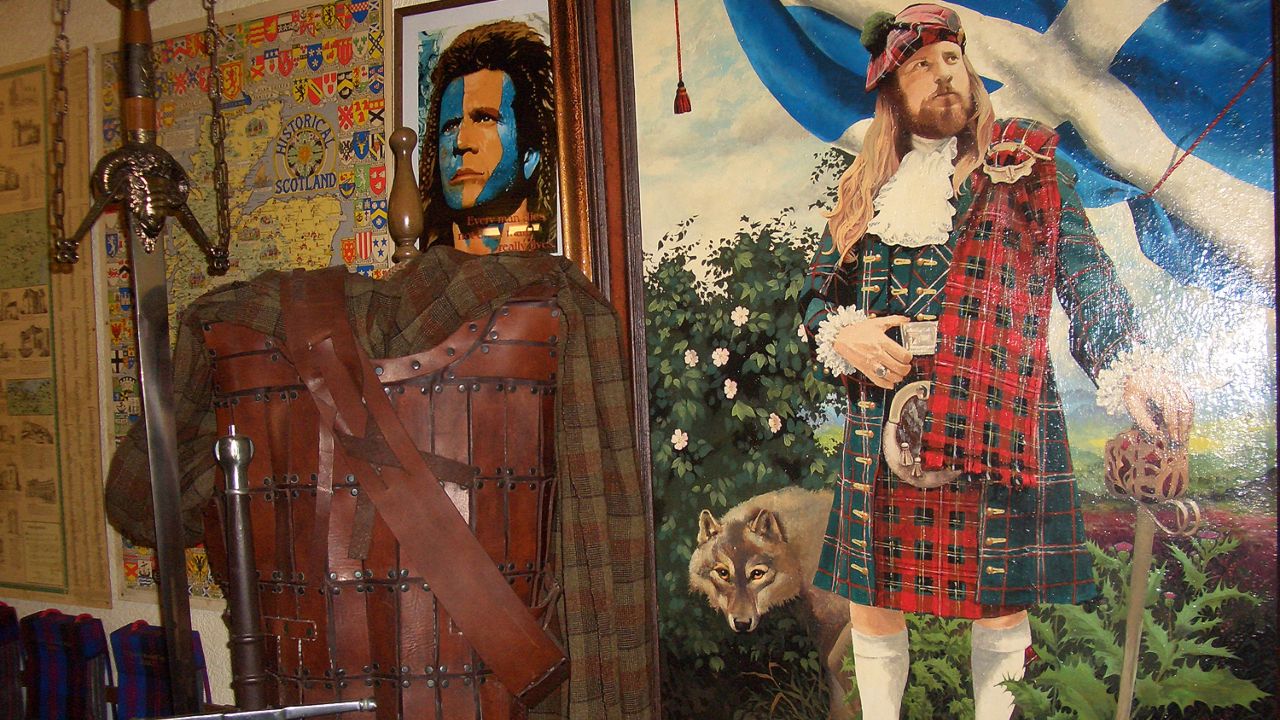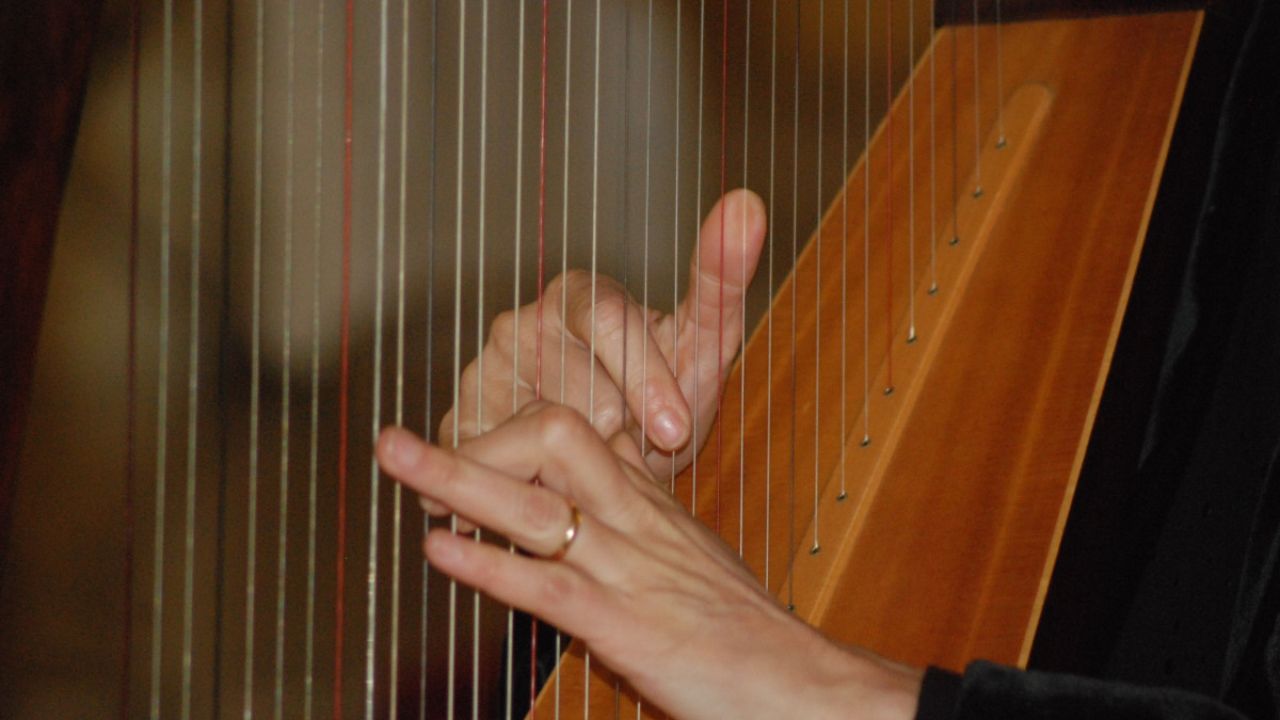Traditional Irish Creamery Butter Making: The Taste of Heritage

Few foods tell the story of Ireland as richly as creamery butter. From small village dairies to family kitchens, butter has long symbolized Irish abundance and hospitality. For centuries, it wasn’t just food, it was a link between land, labor, and love.
In rural Ireland, butter making brought families and neighbors together. Every churn carried the rhythm of the land, the hum of cows grazing, the scent of meadows, and the promise of warmth on the table.
From Pasture to Creamery: The Irish Dairy Tradition
Ireland’s mild climate and lush green fields made it an ideal home for dairy cattle. Farmers prized the creamy richness of milk from grass-fed cows, which naturally lent itself to butter making.
Before industrial creameries appeared in the late 19th century, butter was made by hand in homes and parish dairies. Each step: milking, skimming, and churning was done with care and patience. The community creamery later brought these traditions together, ensuring consistent quality while preserving age-old techniques.
For a deeper look into how rural life evolved, see A Crofter’s Journey Through Time.

The Art of Churning: Turning Cream into Gold
Churning sat at the heart of Irish butter making. Fresh cream, left to ripen slightly, was poured into a dash churn or barrel churn. With steady strokes, the cream thickened until small butter grains separated from the buttermilk.
Mothers often taught daughters this rhythmic motion, it was both a domestic craft and a cultural inheritance. Some even sang as they churned, believing music brought good luck and quicker butter.
Ireland’s deep connection between music and daily life still echoes today in its folk traditions and instruments like the Bodhrán drum.
The Role of Butter in Irish Life
Butter held more than culinary value, it was a cultural currency. In the 18th and 19th centuries, Ireland exported butter worldwide, especially from Cork, which became one of Europe’s largest butter markets.
Locally, it symbolized wealth, blessing, and nourishment. During feasts and festivals like Saint Patrick’s Day (read more here), butter was often part of special dishes or given as an offering.

Sacred Customs Around Butter Making
The Irish saw butter as sacred, a gift of the earth and a sign of divine favor. During churning, women would sometimes make the sign of the cross on the butter or whisper blessings for good yield.
Folklore tells of butter witches, who were said to steal a neighbor’s butter fortune by magical means. These stories reveal Ireland’s old belief that butter carried spiritual as well as material power, a theme echoed in Celtic traditions of sacred wells and natural blessings (explore Irish Holy Wells here).
From Creamery to Cuisine: The Modern Irish Butter
Modern Irish butter still carries the same spirit: rich, golden, and deeply flavorful. Brands like Kerrygold continue the tradition of using grass-fed cream, producing butter with the same luxurious texture that once graced stone cottages.
Chefs around the world now celebrate Irish butter for its purity and creamy depth, but in Ireland, it remains a reminder of home, heritage, and hands that worked the land.

The Cultural Aftertaste
Traditional Irish creamery butter making is more than a culinary craft, it’s a living connection to Ireland’s pastoral soul. Each pat of butter holds centuries of history, from sacred churns to modern tables.
To explore more about Irish food and culture, visit CeltGuide’s Culture & Tradition section or read about the Influence of the Irish Potato Famine and its impact on Irish food identity.










